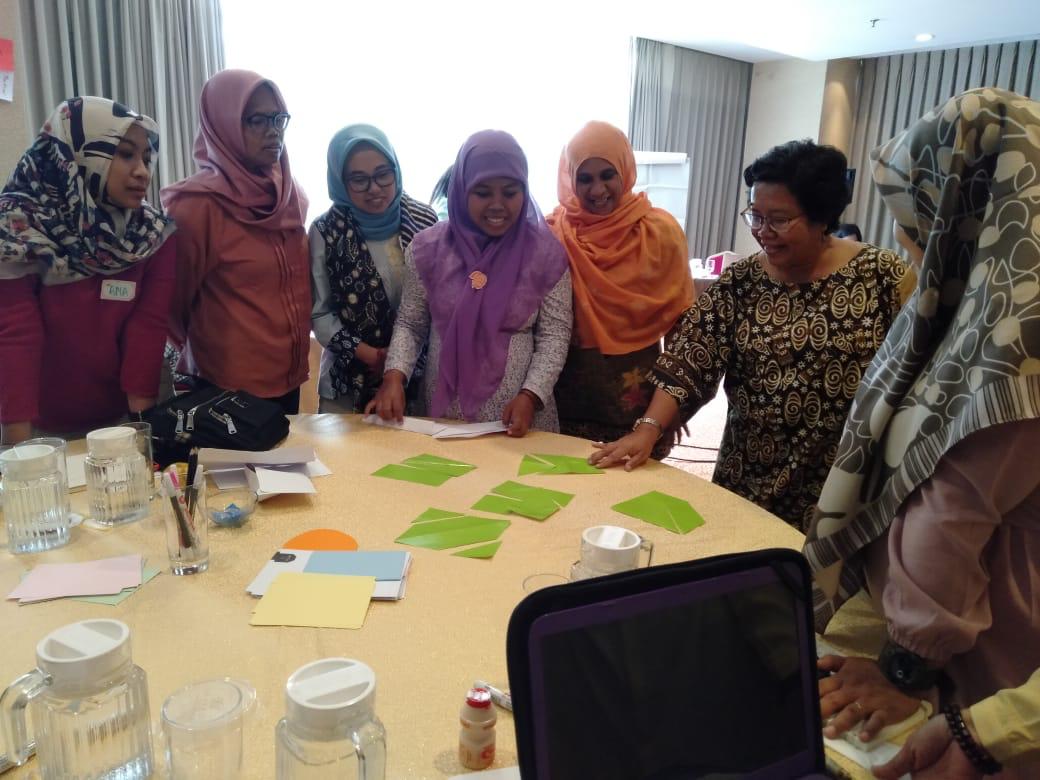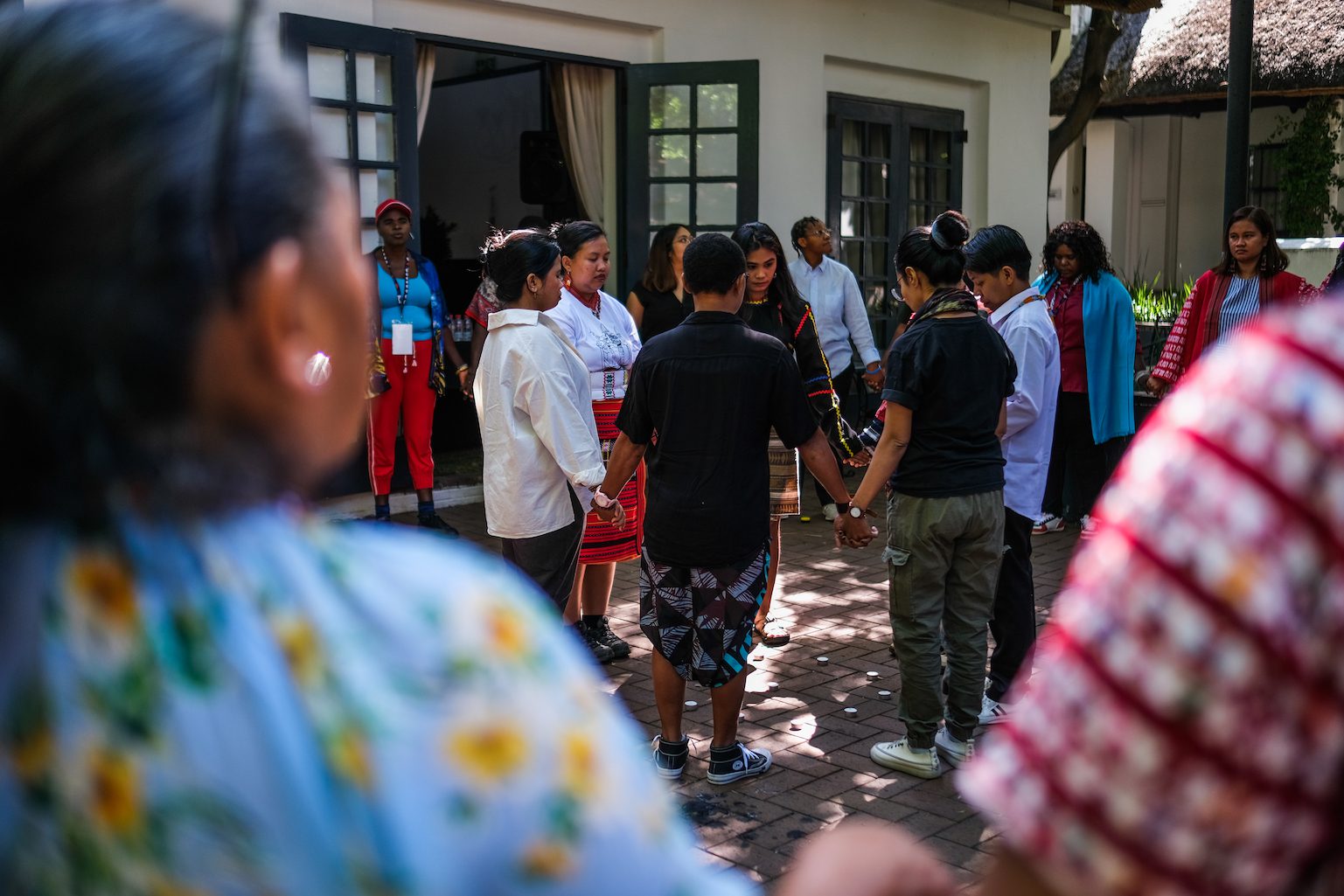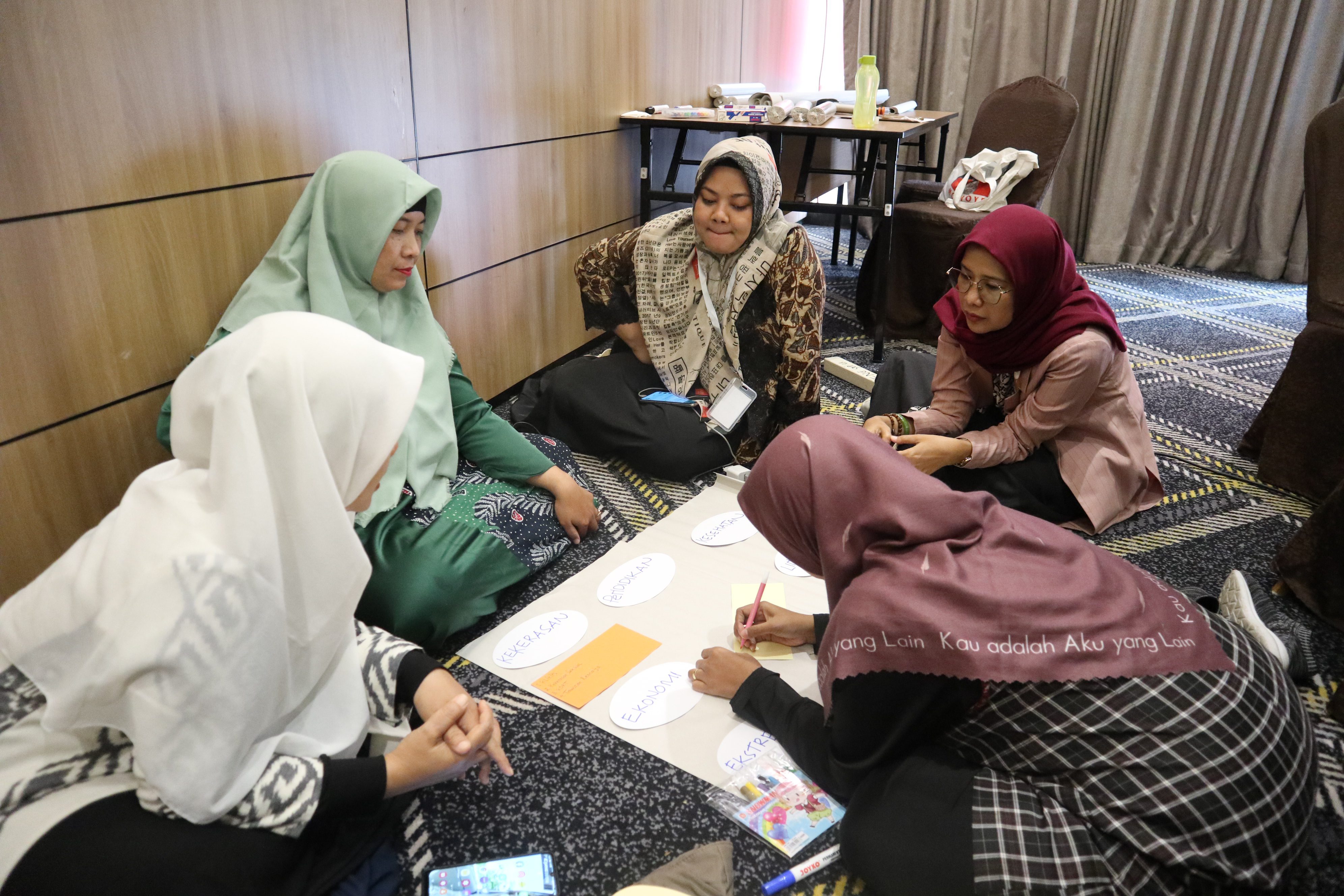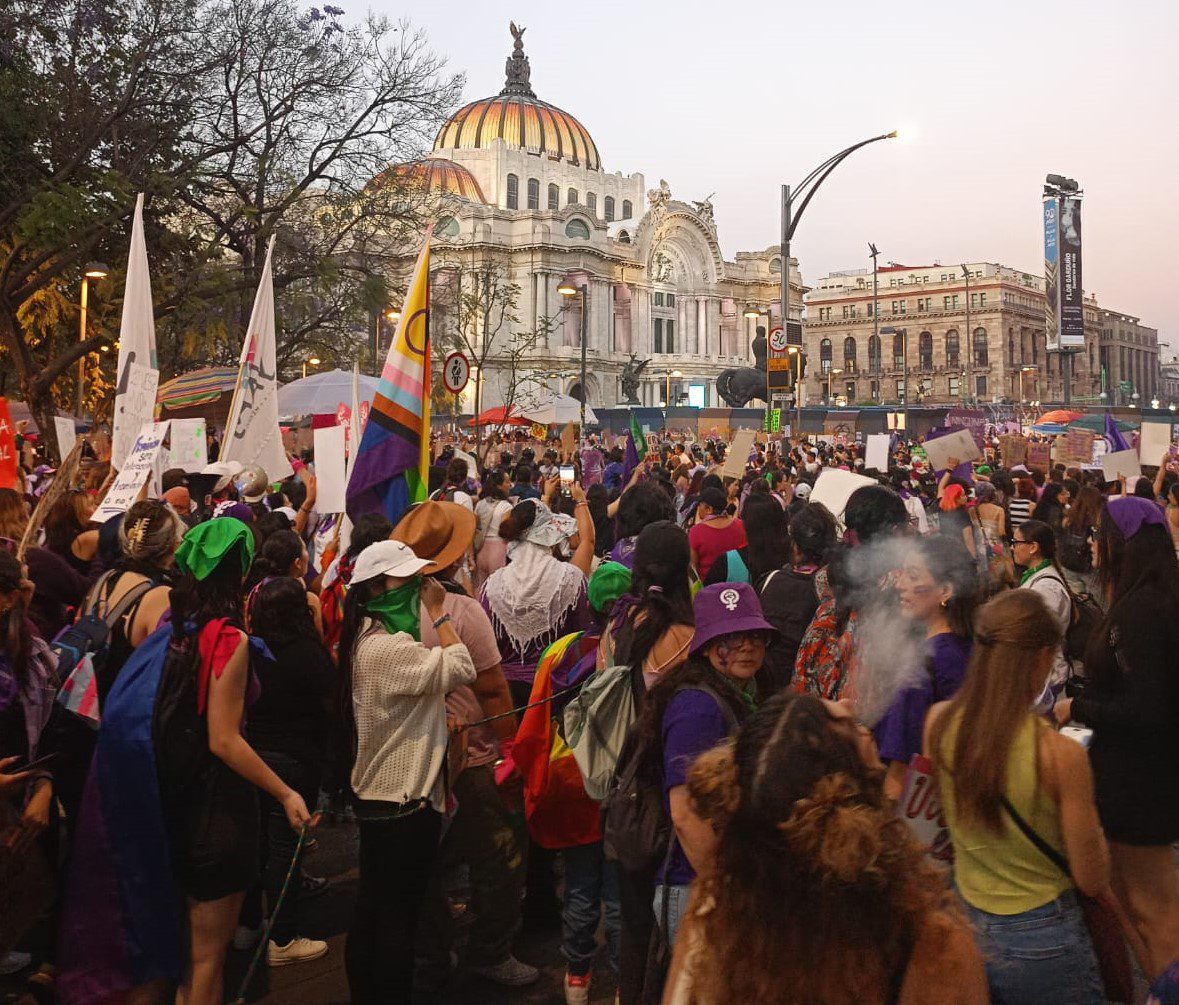



“We are not one, we are not a hundred, damn government, count us right!” The slogan refers to the traditional Mexican government strategy of minimizing feminist strength by lying about their numbers. If there were 50 thousand, they’d report 5 thousand, as if by authoritarian sleight of hand they could erase the collective power that stood in plain sight every International Women’s Day.
On March 8, 2024, again thousands of women shouted it in the streets of Mexico City, under a scorching sun, but no longer so much as a demand as a source of pride. An estimated 180,000 women marched in the capital alone, reaching millions across the country. A massive march that showed the strength, anger and organizational level of Mexican women.

Mexico City is one of the most populous cities in the world, but the huge March 8 demonstration cannot be explained by demographics. It’s also a city-and a country-with a long history of feminist and anti-patriarchal organizing. Mexican women have crossed the line and raised their voices during the dictatorship, under single-party authoritarianism, and during the failed transition to democracy by right-wing governments. Back then, they were met with gas and clubs. In some places, they faced repression this year too.
In 2024, with a progressive government, women returned to the streets to denounce the violence against women that shows no signs of abating in the country. Although official statistics reflect a slight drop in femicides in recent years, femicidal violence–the continuum of violence against women that may or may not end in murder–continues and deepens. According to the National Feminicide Observatory, the contexts of violence for women are now more serious and more complex, and there is an underreporting of femicide and all forms of gender-based violence.
For the young women who marched on March 8, statistics are a matter for politicians. Their reality is that almost all have suffered threats or attacks, or know someone close to them who has. Their cries, “Mister, Missus, don’t be indifferent, they’re killing women right in front of you”, “We are not all here, the murdered are missing”, more than political slogans are expressions of an intolerable reality, a reality they are fighting to change in all spheres–the home, the street, the school, the workplace.
The message is clear: ‘We are living in a hostile environment, and government measures to improve the situation have been ineffective and insufficient.’
 There is a growing need for forums and tools to collectively analyze the changing context. In this vein, on March 8 JASS Mesoamerica presented the digital book “Women Crossing the Line: Reflections and Analysis on Collective Power”. The book is a compilation of the texts from the first 100 radio programs of our series “Women Crossing the Line”, on Violeta Radio in Mexico City. The texts reflect the major issues of our movements from the region and beyond.
There is a growing need for forums and tools to collectively analyze the changing context. In this vein, on March 8 JASS Mesoamerica presented the digital book “Women Crossing the Line: Reflections and Analysis on Collective Power”. The book is a compilation of the texts from the first 100 radio programs of our series “Women Crossing the Line”, on Violeta Radio in Mexico City. The texts reflect the major issues of our movements from the region and beyond.
“If we don’t fight together, they will kill us separately” reads one banner. Alongside the protest and the outrage, is the feeling of sorority and collective defiance. “I am not protected by the police; I am protected by my friends” they shout in chorus.
This is a central strategy of the women’s movement, not only in Mexico but throughout Latin America. In the face of government indifference and state violence, we’ve been developing mechanisms and networks to protect each other and respond to attacks for years. A few weeks before the big march in Mexico City, more than 100 women human rights defenders came together for the 5th National Meeting of the Network of Women Human Rights Defenders and Journalists in Mexico. The Network, which brings together more than 400 women human rights defenders across the country, is part of the Mesoamerican Women Human Rights Defenders Initiative, co-founded by JASS.
For the past 13 years, the Network has worked with a Feminist Integral Protection model. It receives reports of attacks and threats against women, conducts risk analyses, issues public alerts for women defenders at risk, accompanies cases of criminalization and gender-based violence, and organizes security measures in emergency cases. In the first national meeting in eight years, the women defenders shared notes on the context of violence in their regions, and the impunity that continues to be a characteristic that perpetuates patriarchal violence. The Network’s registry documents 6,850 aggressions against women journalists and human rights defenders and 33 feminicides of women defenders between 2020 and 2023. At the end of the meeting, the defenders reaffirmed their commitment to continue to strengthen the network, under the slogan “Networks save lives”.

Both the women defender’s meeting and the March 8 marches in Mexico revealed the autonomous character of feminist and women’s organizations and movements. In an election year in which politics is partisan, women repeatedly expressed their independence. In Mexico, the leading presidential candidates are both women. Although one is on the right and the other on the left, in the streets, the demand was equanimous: “[Women] candidates, we are being killed every day!”. Although historically the feminist movement has developed mostly in the left, not without major frictions, Mexico’s feminist movement reflected in the march maintains a critical stance and core demands for a life free of violence for all women.
 As always, survivors and mothers and relatives of the victims of femicide and disappearance led the march, representing the voices of the hundreds of thousands of women absent on this day. The intergenerational character of the movement was on full display, although the vast majority were young women. This new generation of feminists embraces the wide range of feminist demands, but their central demand is a life in which they can be safe and free. Faced with threats, they choose defiance.
As always, survivors and mothers and relatives of the victims of femicide and disappearance led the march, representing the voices of the hundreds of thousands of women absent on this day. The intergenerational character of the movement was on full display, although the vast majority were young women. This new generation of feminists embraces the wide range of feminist demands, but their central demand is a life in which they can be safe and free. Faced with threats, they choose defiance.
A message scrawled on many of the hand-written signs at the march says it all: “They sowed fear and we sprouted wings”.